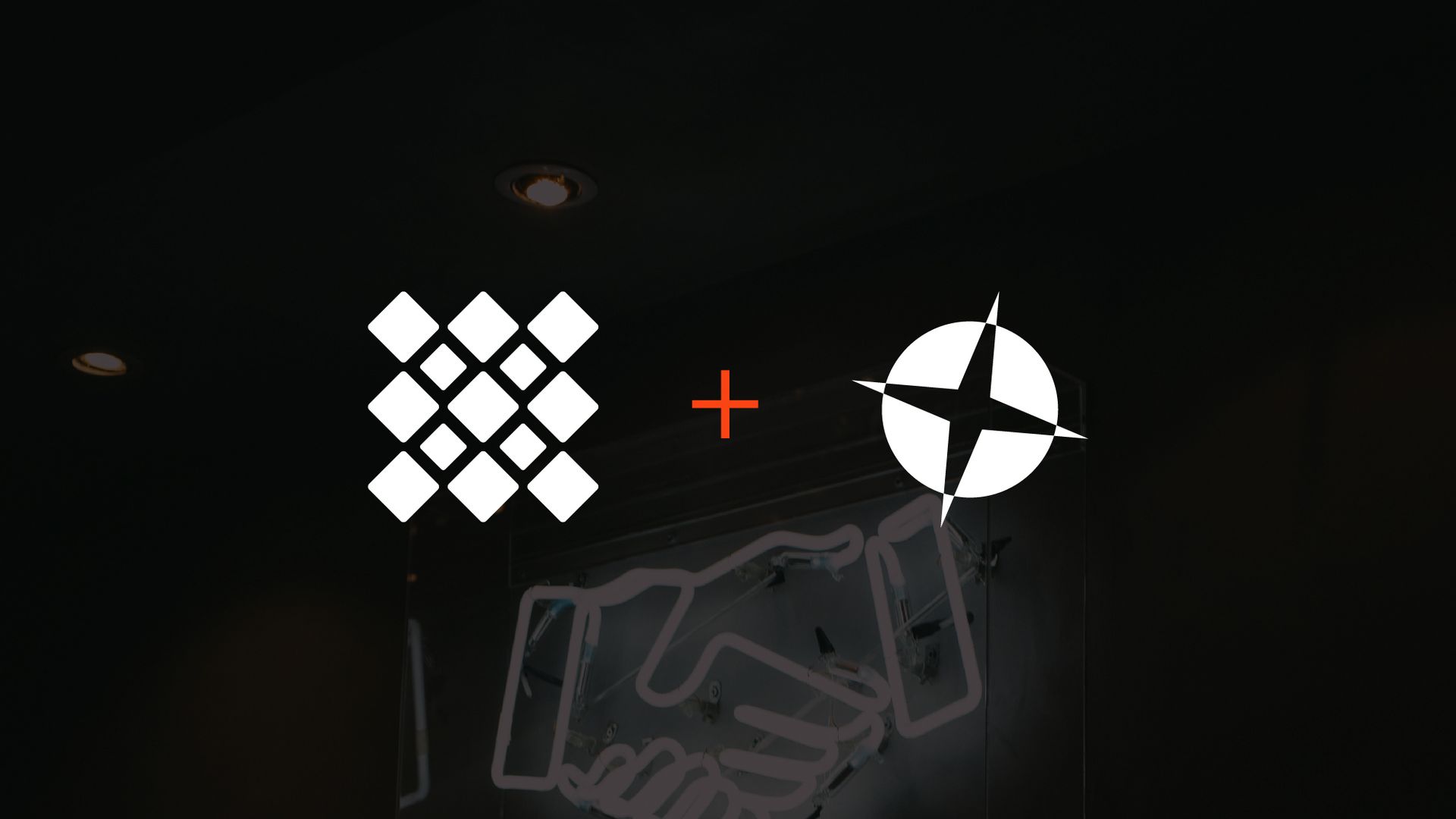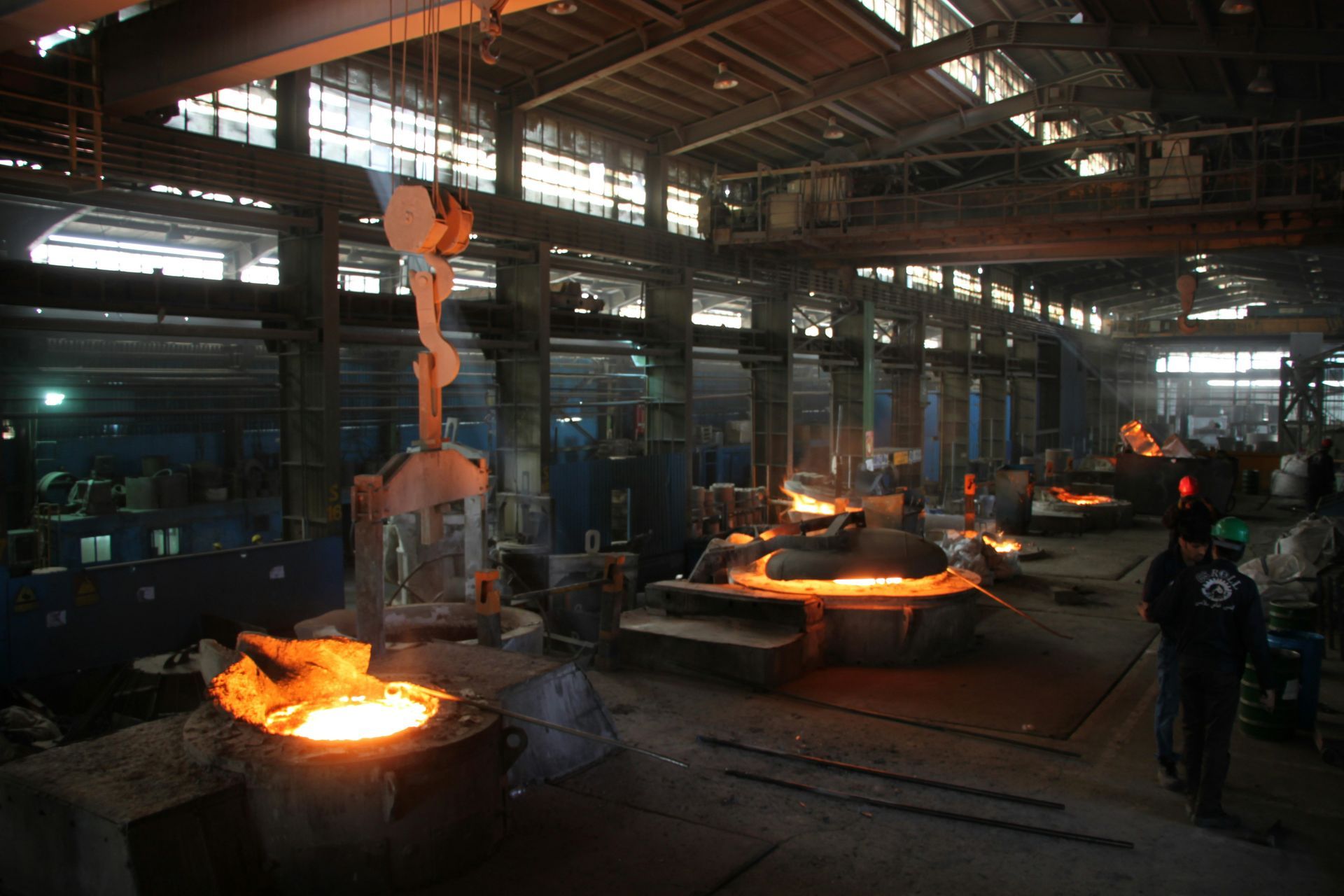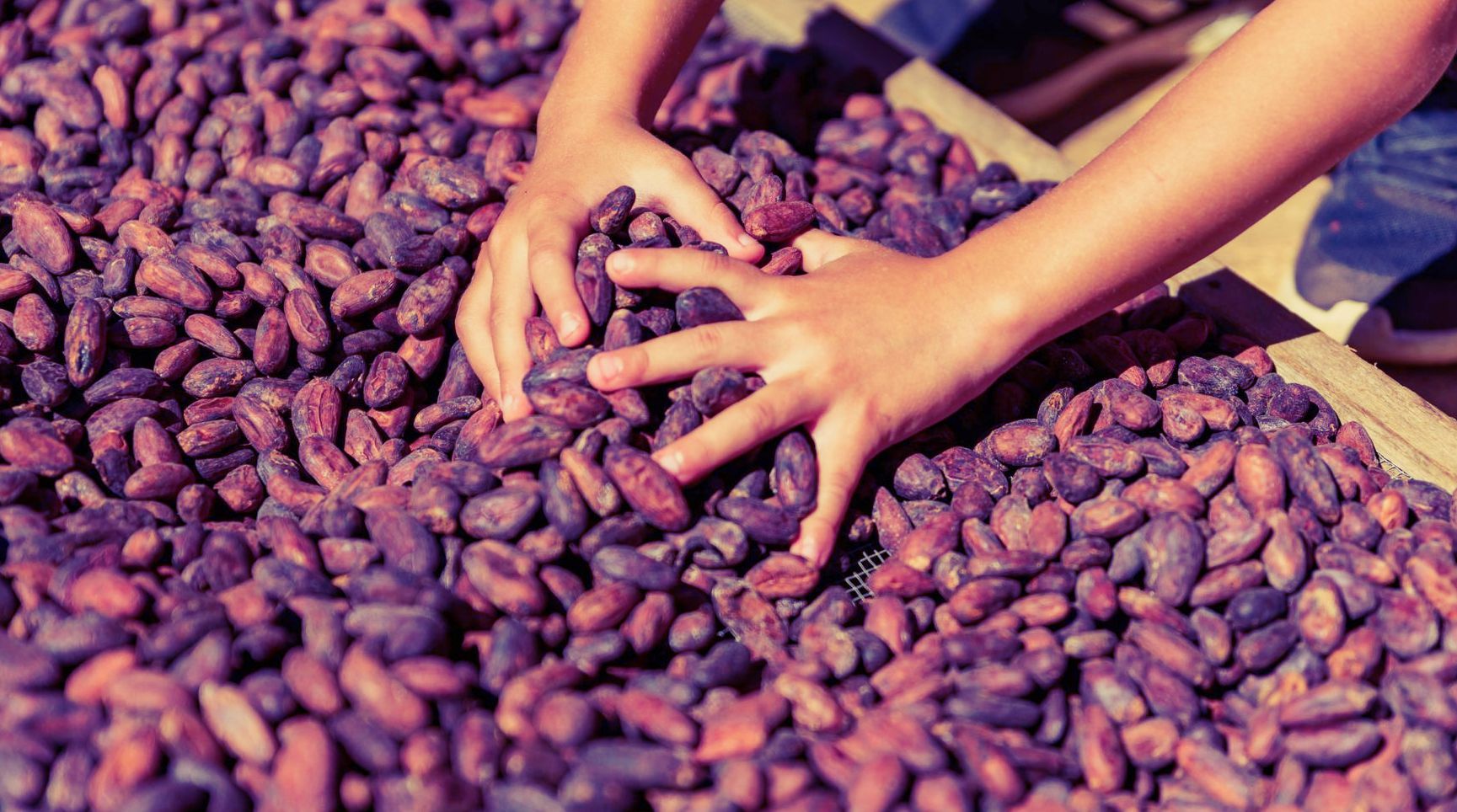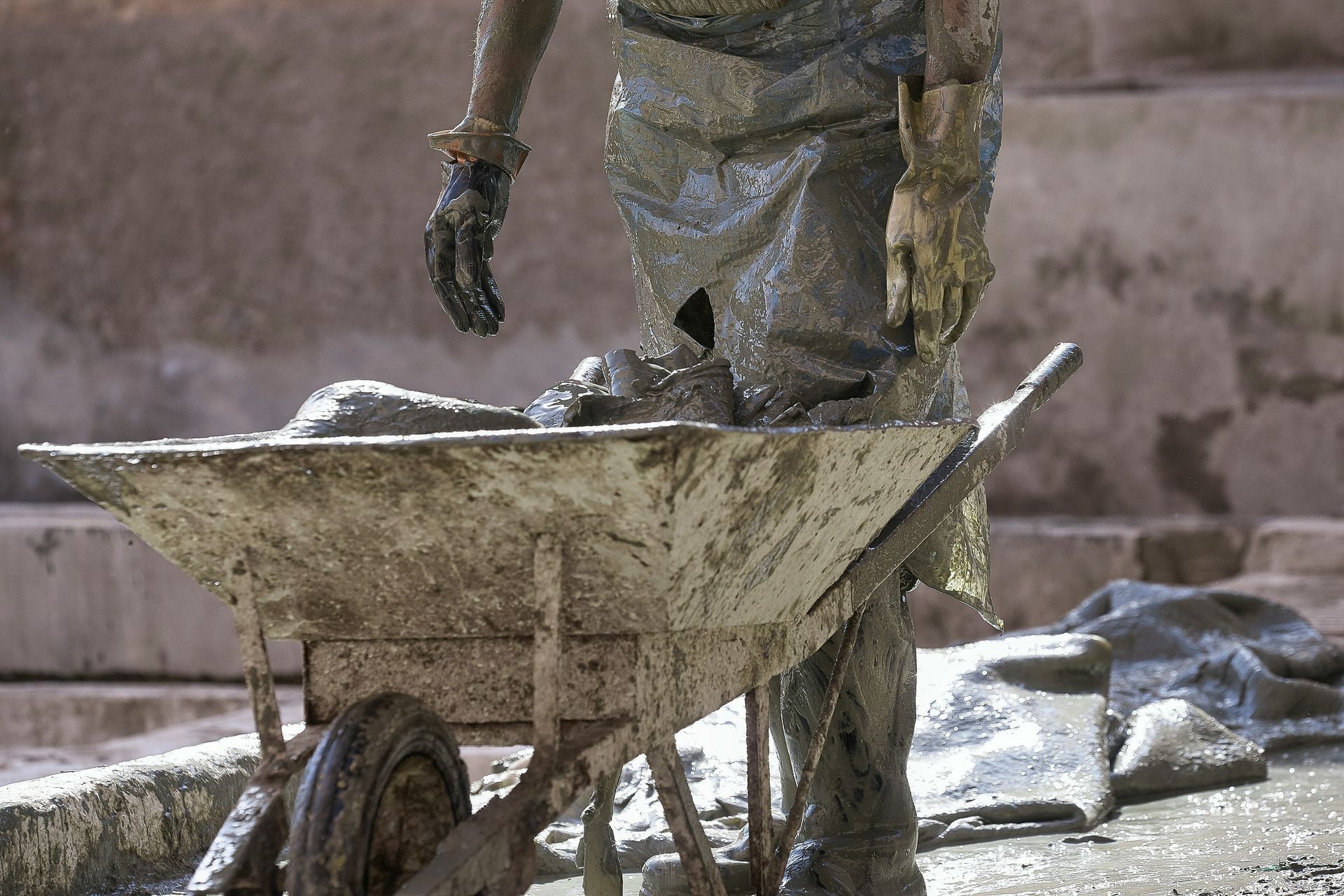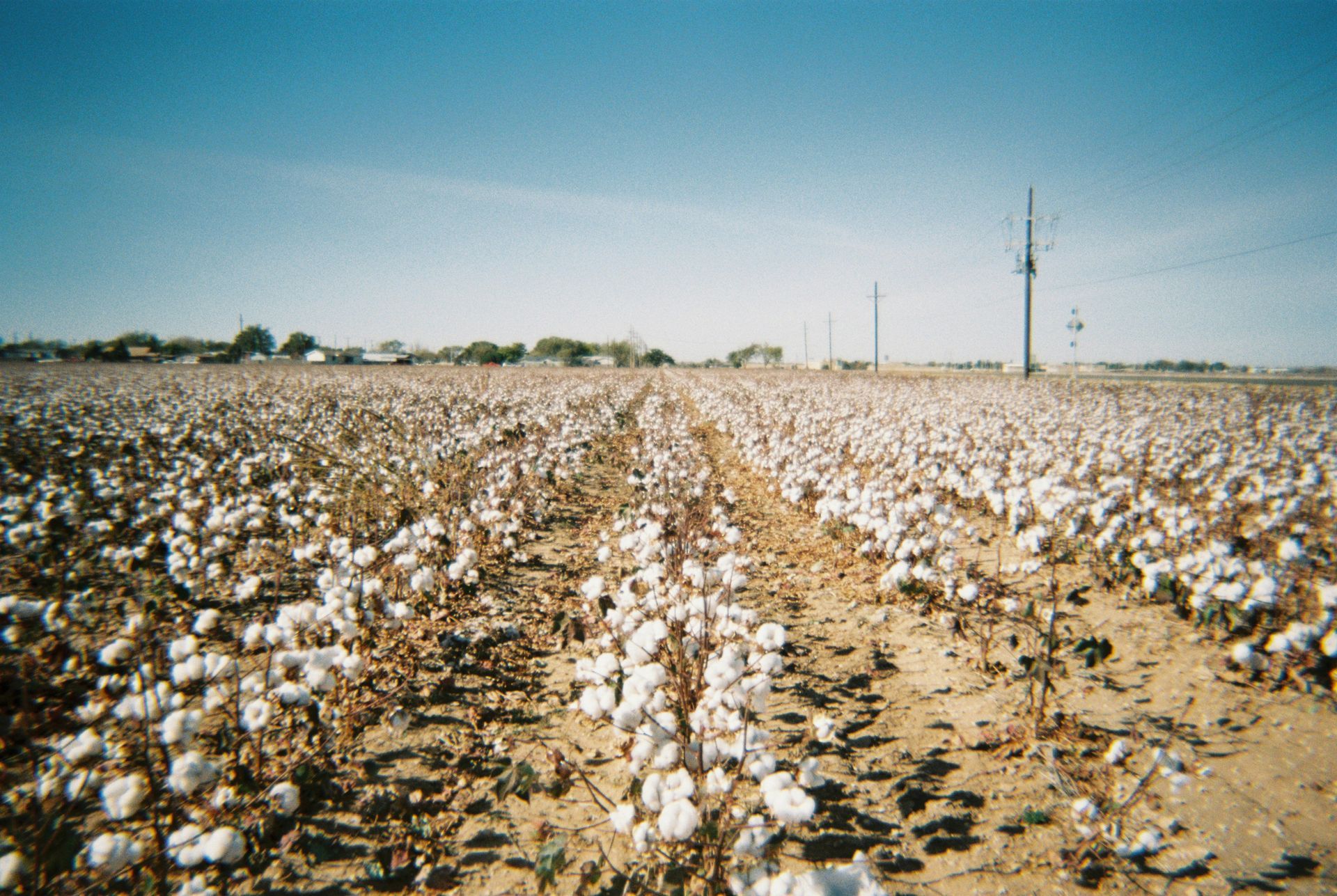
Forced labor in the cotton supply chain has emerged as a major compliance and reputational risk for global companies since 2020. Investigations and regulatory actions have exposed serious abuses in cotton cultivation, yarn and textile production, and garment manufacturing. The issue is no longer confined to isolated regions or factories — it is systemic, spanning countries and processes, and has triggered new legal liabilities, customs enforcement, and supplier scrutiny. High-risk regions Forced labor risks begin at the very first stage of cotton production. In China’s Xinjiang region, which supplies around 20% of the world’s cotton , evidence shows that Uyghur and other minority citizens have been subjected to coercive state-run labor transfers, including picking cotton and working in ginning and textile facilities. Entities such as the Xinjiang Production and Construction Corps (XPCC) have been sanctioned by the U.S. for using prison labor in cotton farming and processing. In India , forced labor risks are most pronounced in the spinning stage. In Tamil Nadu, a 2021 investigation by SOMO and Arisa uncovered that dozens of spinning mills employed young migrant women in coercive conditions, including excessive overtime, wage withholding, and confinement in dormitories. Brands including Tesco, Next, Gap, IKEA, Carrefour, and Zeeman were linked to these mills. Tesco and Next acknowledged the problem and committed to remediation efforts. Others denied direct sourcing but could not fully rule out indirect connections.
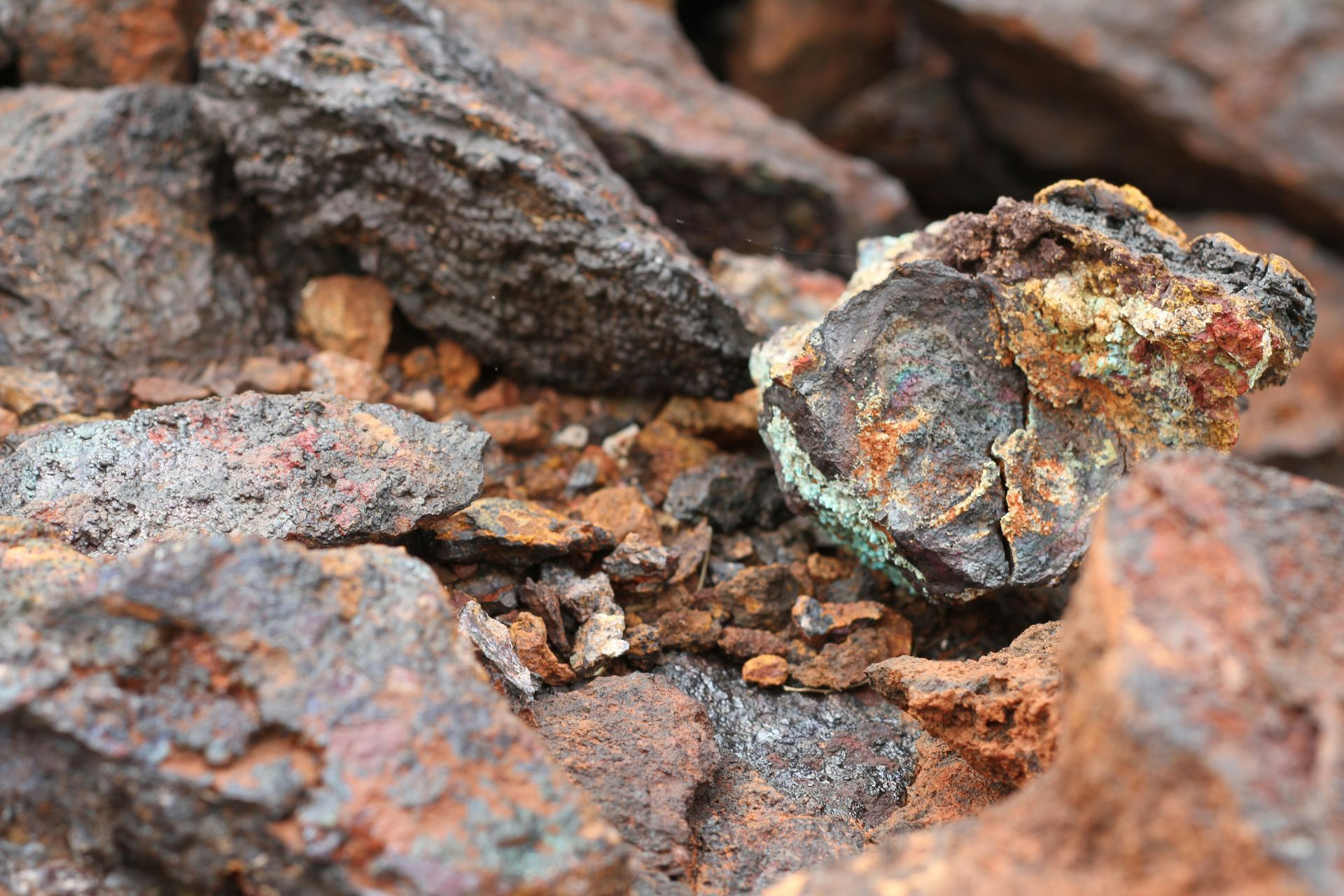
The copper wiring and components powering our modern world carry a hidden human cost. From the mines of Zambia and the DRC to processing plants in China’s Xinjiang region and even the locked-down mining sites of North Korea, vulnerable workers – including children – have been exploited at various stages of copper production.
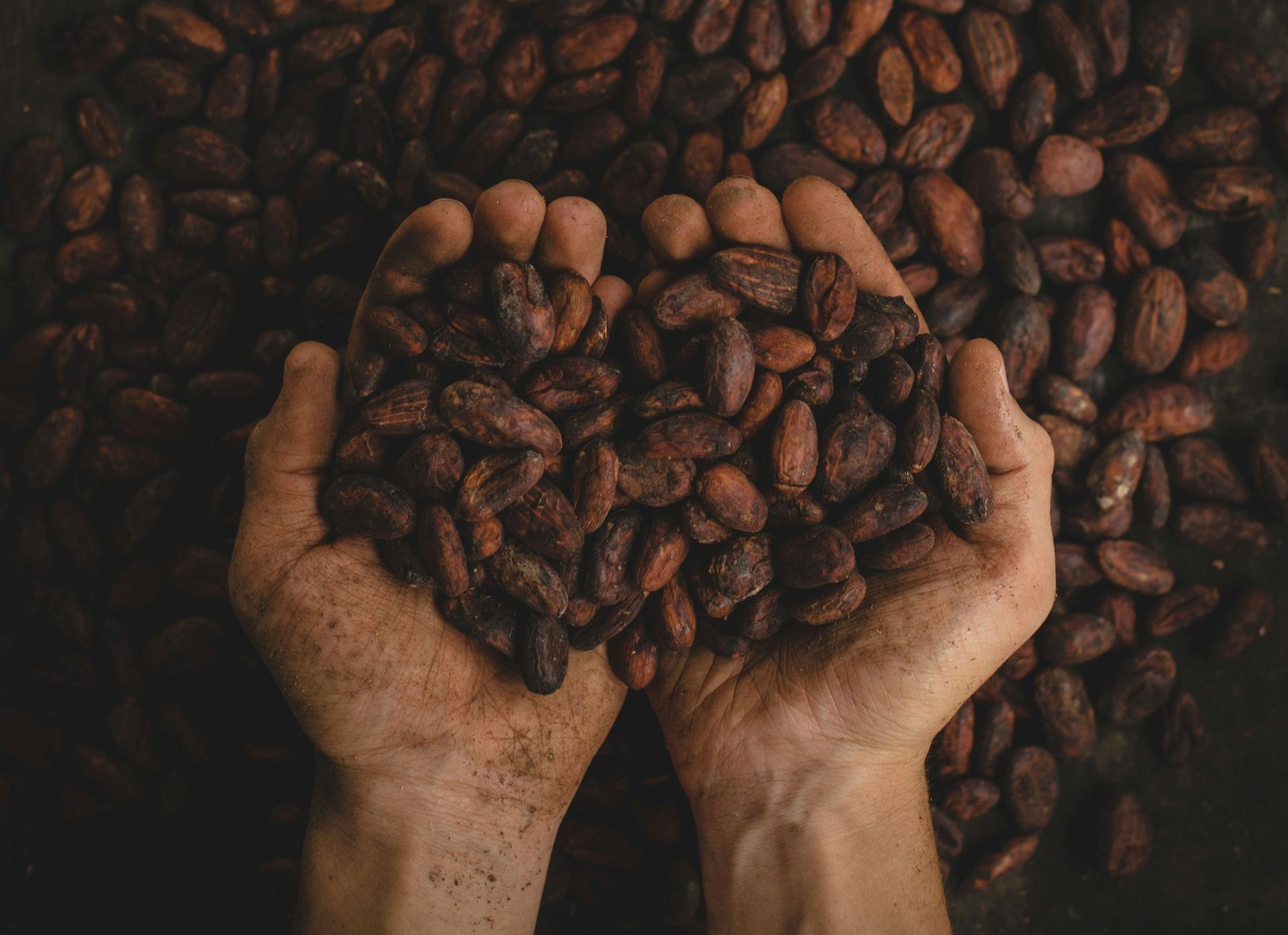
What began as a local dessert in Dubai quickly spiraled into a global sensation. The Dubai chocolate bar, a pistachio- and knafeh-filled confection created by FIX Dessert Chocolatier, achieved viral fame across TikTok and Instagram in 2023 and 2024. However, behind luxury chocolate products, cocoa sourcing concerns and opaque global supply chain practices still lurk. From small artisan creators in Dubai to multinational chocolate conglomerates, few brands can confidently say their chocolate is free of human rights violations.
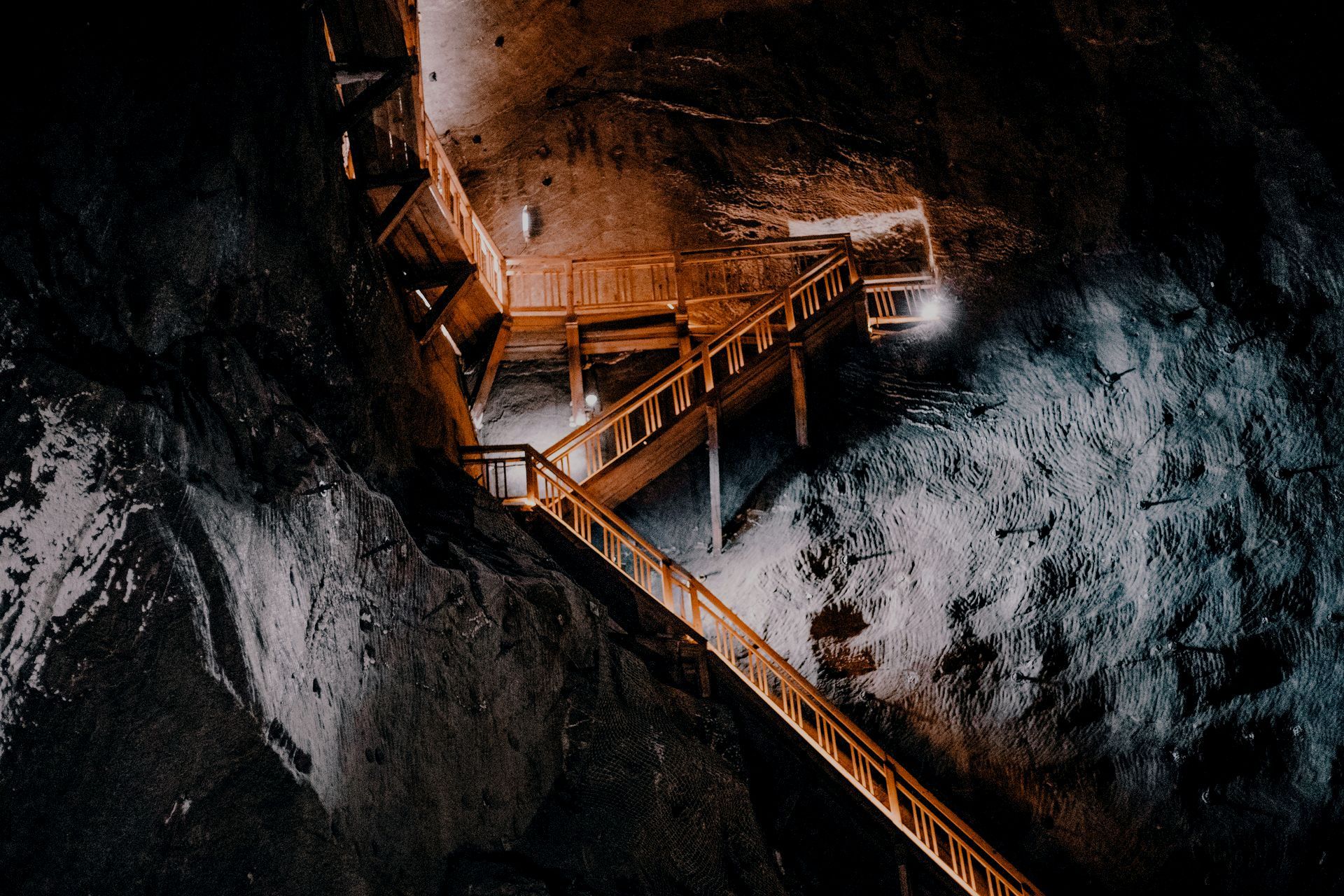
Ghana is Africa’s largest gold producer and has a substantial artisanal and small-scale mining (ASM) sector alongside large-scale industrial mines. In Ghana’s ASM sector - locally called galamsey - child labor is a documented problem. Thousands of children, often between the ages of 10 and 17, work in unlicensed gold mines across the country.
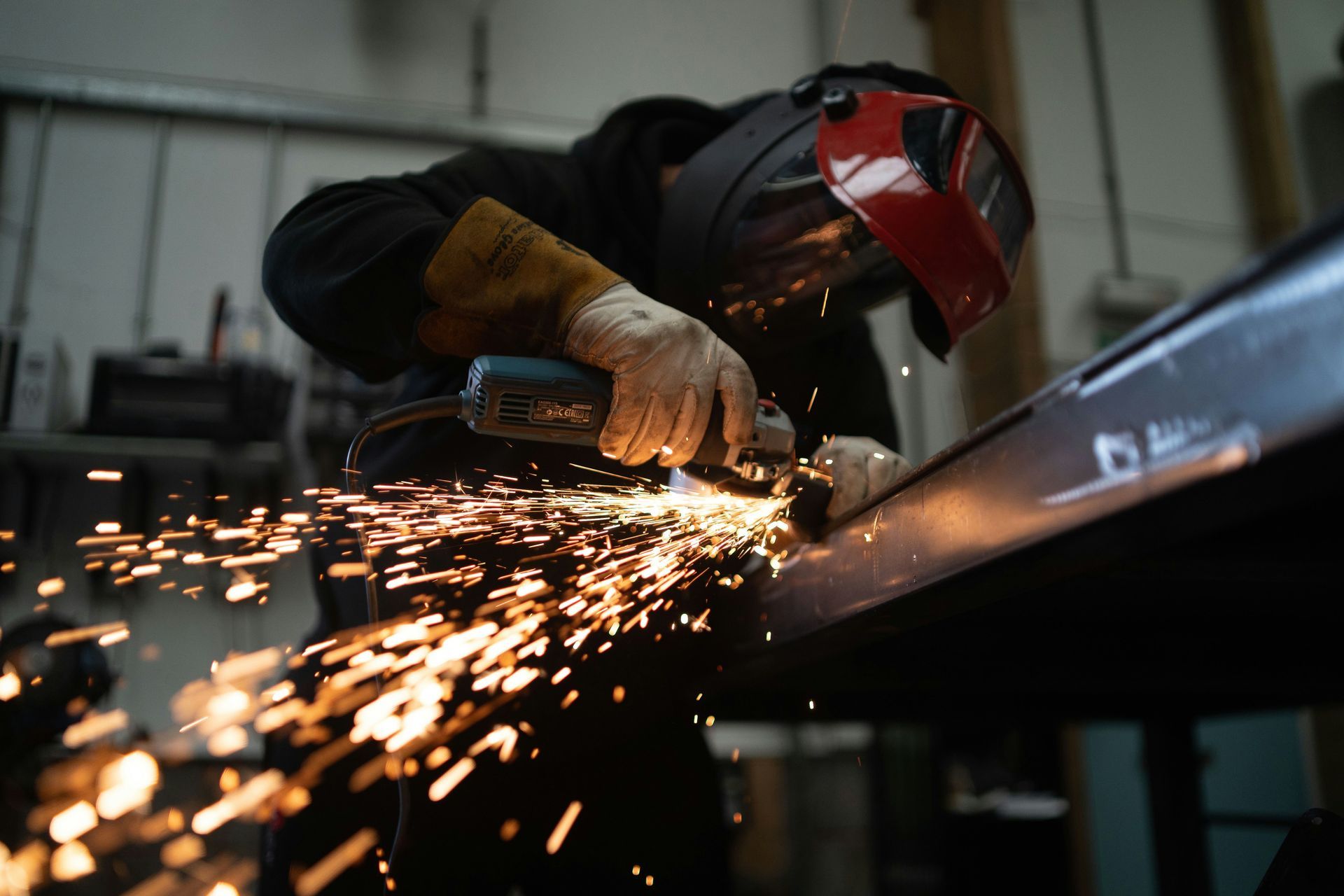
Forced labor in manufacturing has become one of the most pressing human rights issues of the past decade. Around the world, tens of millions of people are trapped in factories, workshops, and worksites. The International Labour Organization (ILO) estimates that forced labor generates illegal profits of about USD 150 billion per year, with manufacturing being a significant contributor.
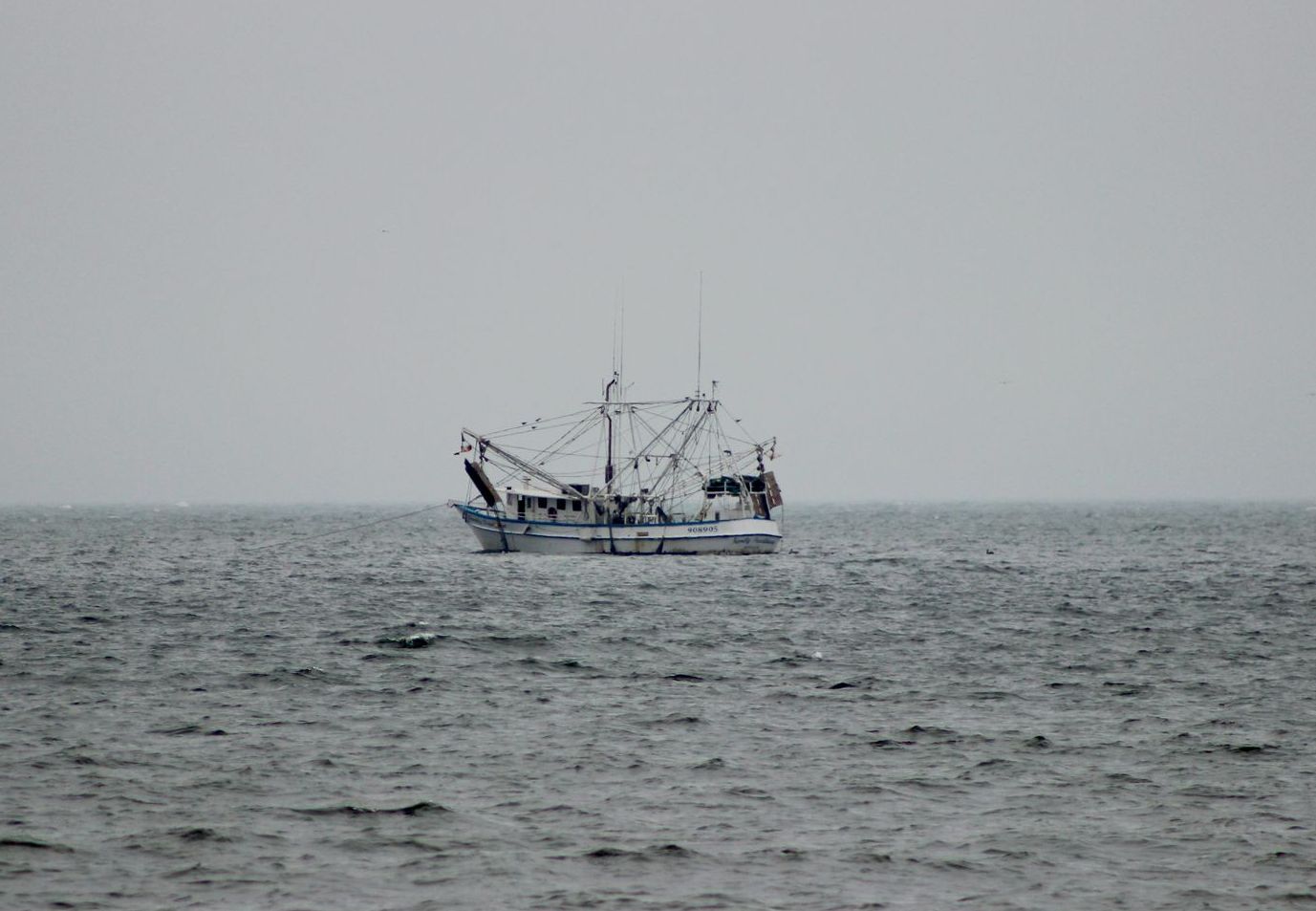
Forced labor in the tuna fishing sector is a persistent concern in Indonesia, particularly involving Indonesian fishers employed on foreign-owned vessels operating in international waters. Investigations by non-governmental organizations, journalists, and legal actors have consistently revealed a pattern of abuse and exploitation tied to global seafood supply chains.
